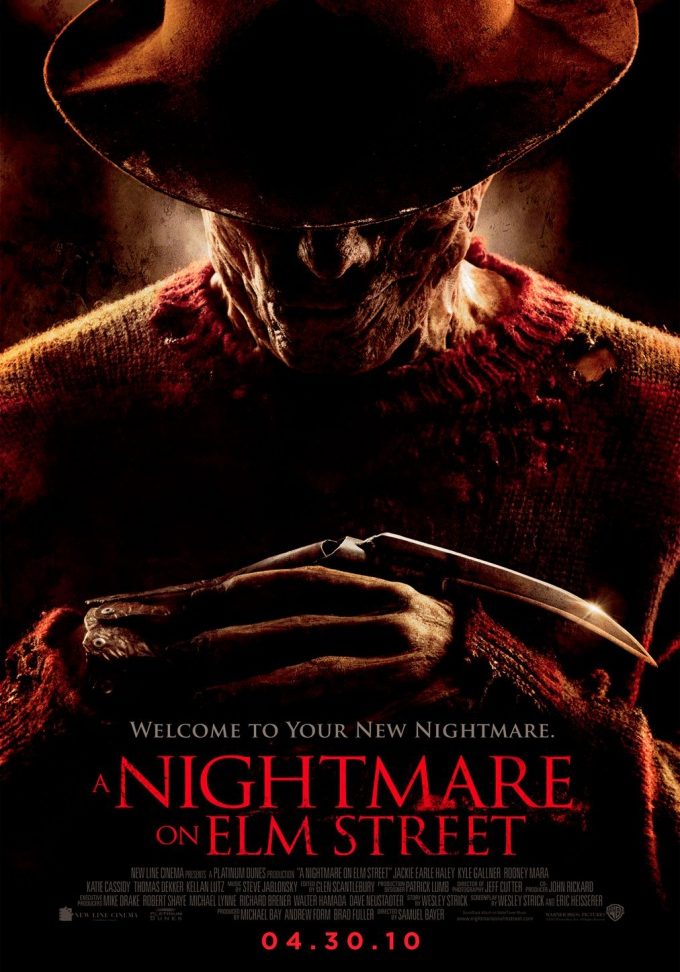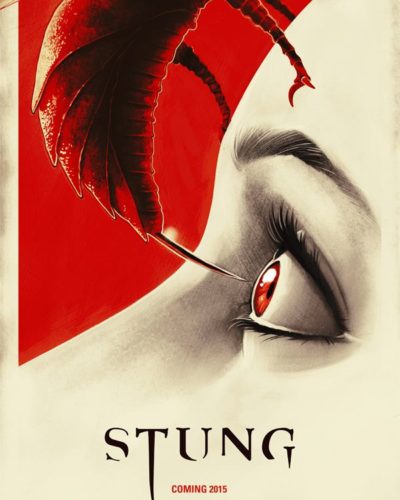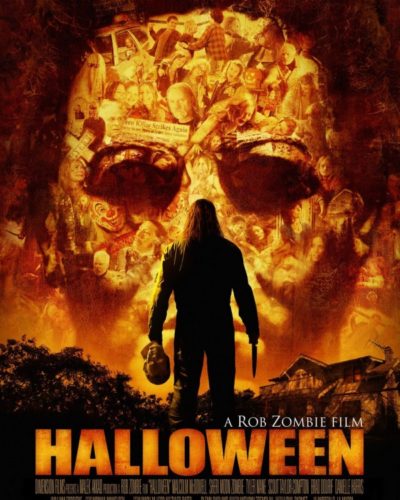“One, Two, Freddy’s Coming for You…” – Revisiting Fear on Elm Street
In 2010, over a quarter-century after Freddy Krueger first haunted the dreams of the kids on Elm Street, director Samuel Bayer attempted to breathe new life into this iconic nightmare with his remake of the horror classic “A Nightmare on Elm Street.” This modern iteration seeks to once again unsettle audiences by following a group of suburban teenagers who are terrorized and hunted in their dreams by the grotesquely disfigured Freddy Krueger, a man with a razor glove and a dark past.
Creating Nightmares: Atmosphere and Tension in a Modern Elm Street
The atmosphere of a horror film is crucial to its success. Bayer’s Elm Street reimagines the eerie aura of the original but often relies on contemporary horror tropes to do so. The film is cloaked in a darkness that is sometimes too heavy, obscuring more than just the edges of the frame and at times swallowing up potential scares. The director plays with suspense and a lurking sense of foreboding, but struggles to break free from the shadow of the original’s innovative approach to tension and fear. Where Wes Craven’s 1984 version used creative dreamscapes to terrify audiences, the 2010 remake feels more anchored in predictable jump scares.
Lurid Dreams: Visuals and Soundscapes
The remake employs a digital grit that is distinct from the more practical effects of the ’80s. Cinematographer Jeff Cutter makes use of a desaturated color palette that reflects the bleakness of the characters’ predicament. Stark lighting contrasts during nightmare sequences attempt to recapture the surreal quality that Freddy’s realm demands, but sometimes, these moments feel more manufactured than truly otherworldly.
Sound is an area where this Elm Street remake both honors its predecessor and finds its footing. The use of an eerie soundtrack that pays homage to the original, combined with the hauntingly revised lullaby, works well to unsettle the audience. Sharp sound effects and moments of silence are utilized effectively, creating jumps and heightening the tension at key points.
Terror Takes a Human Face: Portrayals of Fear
A horror film lives or dies on the strength of its performances. Rooney Mara, as the protagonist Nancy, delivers a nuanced struggle between terror and determination. However, among the ensemble of teens, performances are hit-or-miss, sometimes descending into the realm of horror cliché with the expected screaming and running in place of real emotional depth.
Jackie Earle Haley steps into Robert Englund’s shoes to portray the new Freddy Krueger, bringing a menacing presence that is both familiar and distinct. His performance hints at the darkness beneath the burns, but the script gives him limited space to truly develop this iconic character beyond his physical horror.
Confronting the Boogeyman: Mechanics of Fear and Thematic Depth
The 2010 “A Nightmare on Elm Street” balances various horror elements but chiefly utilizes a combination of supernatural scares and psychological tension, with a liberal sprinkling of gore for good measure. It does not deviate significantly from the mechanics that fans of the genre have come to expect, leaning more towards visual shocks than the psychological horror that defined Craven’s version.
While not as focused on societal commentary as the original, Bayer’s take does brush against themes of shared trauma and the inescapability of the past, though it tends not to delve particularly deep. Freddy’s backstory, always an inherently disturbing concept, is given a gloss of modern grit but doesn’t necessarily translate into a more impactful narrative.
The Verdict: Does Elm Street Still Terrify?
While competent in its execution, the 2010 “A Nightmare on Elm Street” neither outshines its predecessor nor completely stands on its own as a modern horror revelation. Instead, it finds itself in a liminal space—perhaps too familiar for hardcore fans seeking something innovative, yet potentially too reliant on prior knowledge for newcomers to fully appreciate its nuances.
Horror aficionados might find the updated visuals and sounds worth a watch, but casual viewers could be left yearning for the inventive, spine-tingling dread of the original. Comparatively, it lacks the raw creative spark that made Freddy a household name, but as a piece of horror entertainment, it provides enough chills to warrant at least one trip down Elm Street for the curious.
To conclude, Samuel Bayer’s film is a work of technical proficiency but lacking the soul-shaking fear and inventiveness that elevates a horror movie to the status of a classic. It’s an Elm Street that walks the line between homage and reinvention without truly claiming either. Viewer discretion is advised for graphic content and the disturbing nature of Freddy’s violence. In a genre that thrives on pushing boundaries, the 2010 “A Nightmare on Elm Street” remains a shadow of a darker dream, half-remembered but not fully realized.




